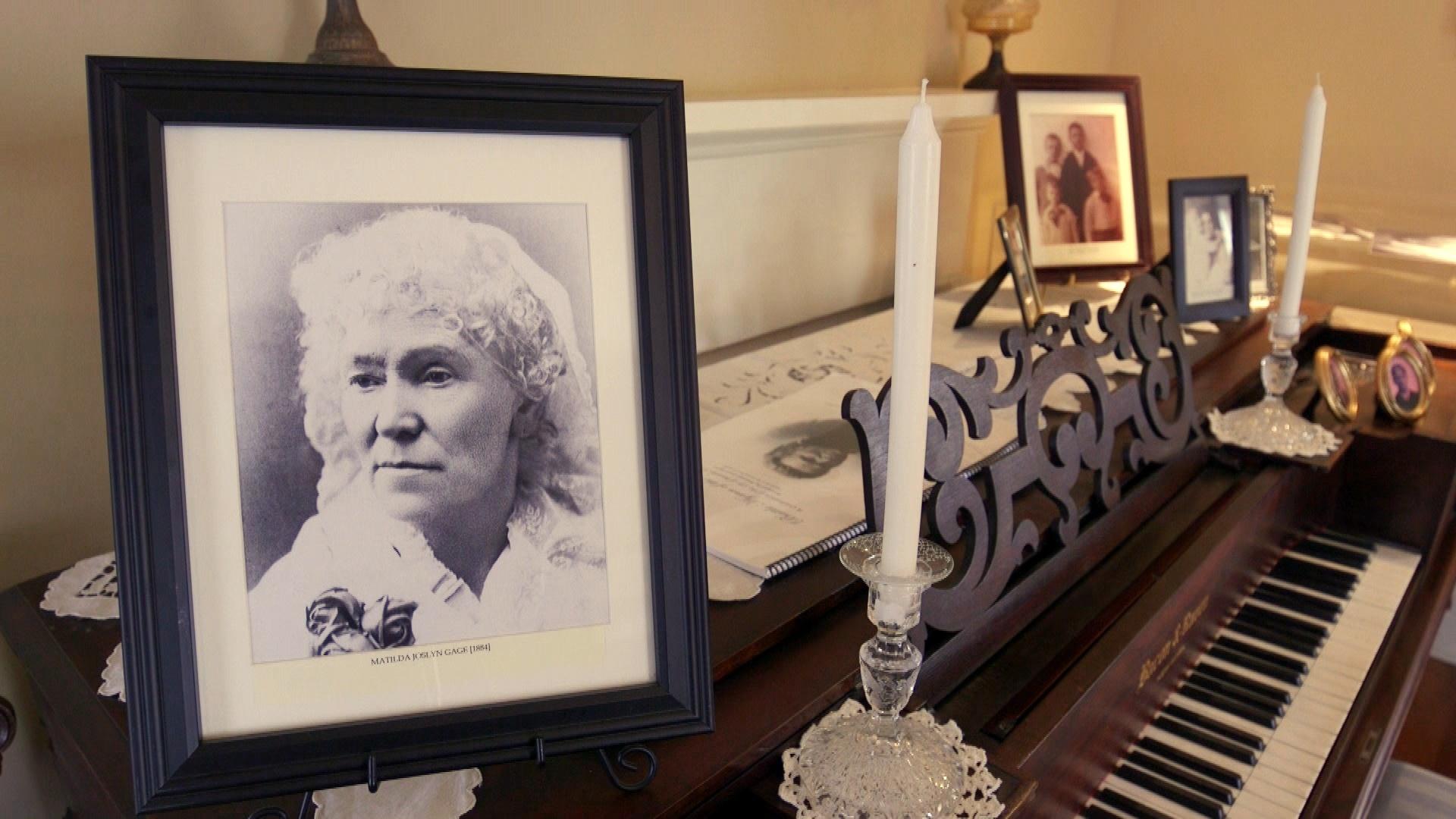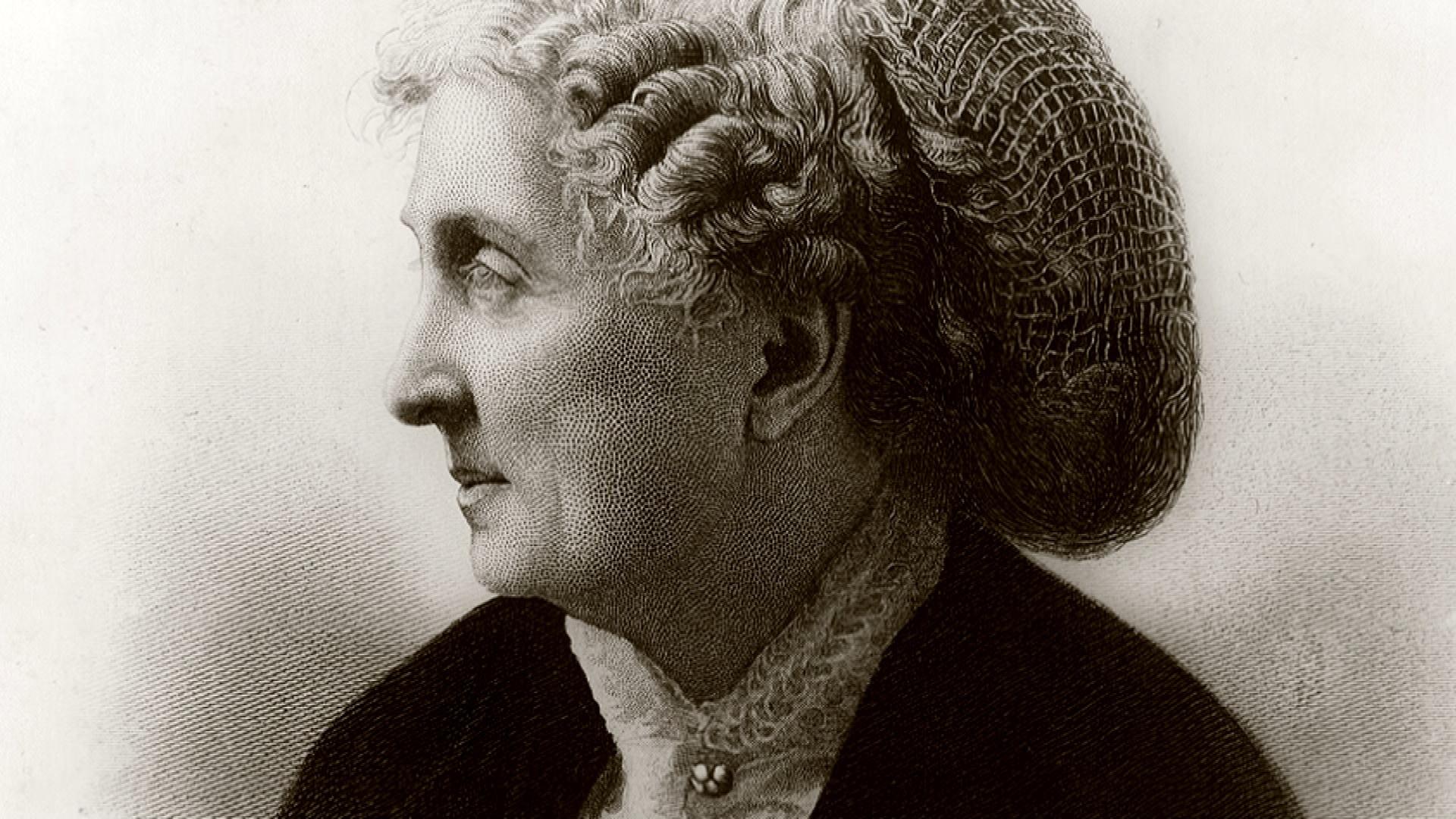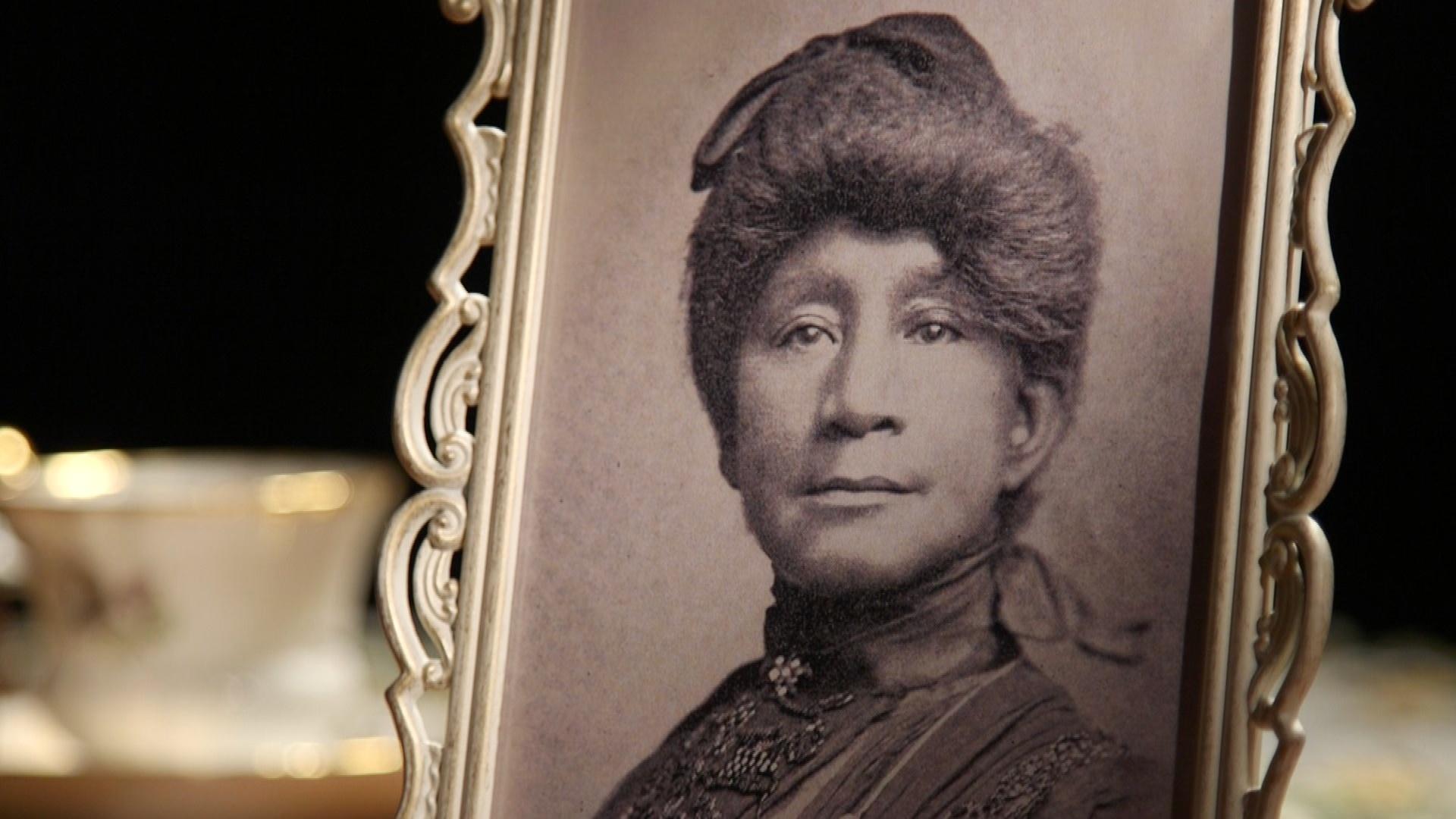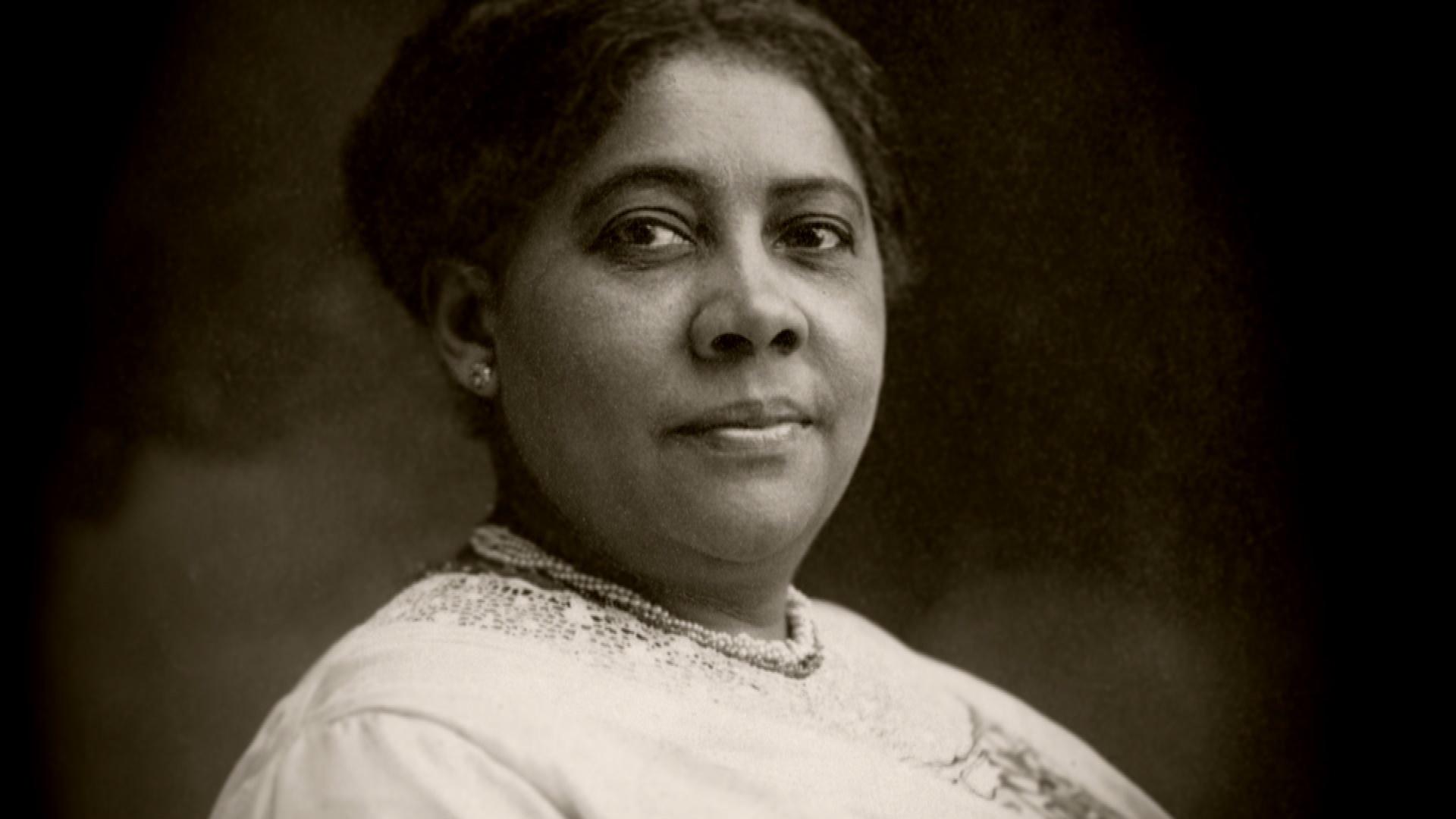
United in Progress
Grades 6-8
3-4 Class Periods
Program Segments
- Matilda Joslyn Gage (approximately 5 minutes)
- Paulina Wright Davis (approximately 4 minutes)
- Hester Jeffrey (approximately 5 minutes)
- Mary Talbert (approximately 4 minutes)
Learn about the key players in the Women’s Suffrage Movement, like Matilda Joslyn Gage.




Objectives
Students will be able to:
- Explain key terms associated with the Women's Suffrage Movement.
- Identify the trailblazers, as well as their contributions and achievements in pursuit of their goals.
- Chart and categorize facts about the trailblazers.
- Analyze, differentiate, and synthesize the injustices women endured, and continue to experience in the United States.
Instructional Resources
- “Discovering New York Suffrage Stories”
- Women's Suffrage Content Cognitive Dictionary
- Key Players of Discovering New York Suffrage Stories Graphic Organizer
- Interview Worksheet
- Internet access
Procedures
CLASS PERIOD 1
- The teacher will explain to the students that they will be learning about women who have fought for justice, equality, and rights.
- The teacher will start a discussion by asking students, "Do you believe women have the same opportunities and rights as men?"
- As students respond, the teacher should ask for some examples to defend their thoughts.
- The teacher will distribute the Women's Suffrage Content Cognitive Dictionary chart to students and explain that this is a technique to learn new vocabulary words and they will be completing as a class:
- For each word, have students predict what they think it means by sharing some of the ideas with the class, then filling in the "Prediction" box on the chart.
- Then for each word, look up its meaning and have the students fill in the "Meaning" box.
- Finally, on their own, students will draw a quick sketch or visual clue that will help them remember the meaning of the word.
- Next, selects students, or ask them volunteer, to draw their sketch for any of the words on the board.
- Have the class guess what word matches the sketch.
- Repeat, having each student pick a different word, until all words have been drawn.
CLASS PERIOD 2
- The teacher will begin the class by reminding students they will be learning about the Women's Suffrage Movement and women who have fought for justice, equality, and rights.
- Then, introduce “Discovering New York Suffrage Stories,” explaining to students that there were many women who played important roles in the Women Suffrage Movement but are not always learned about in school. The documentary will share stories of some of the women that many people have not heard of.
- Distribute the Key Players of Discovering New York Suffrage Stories Graphic Organizer.
- The teacher will have students fill in the graphic organizer as they watch segments from “Discovering New York Suffrage Stories.”
- For Matilda Joslyn Gage, Paulina Wright Davis, Hester Jeffrey, and Mary Talbert the students will fill in Race, Beliefs, Accomplishments & Associations, and which words from the Women's Suffrage Content Cognitive Dictionary were used in their video segment.
- Students should have their Women's Suffrage Content Cognitive Dictionary out for reference while watching the video segments.
- The teacher will play the video segment on Matilda Joslyn Gage and students will complete that row of the chart.
- After the video segment ends, the teacher will ask students what they thought was most interesting about Gage.
- The teacher will then play the video segment on Paulina Wright Davis and students will complete that row of the chart.
- After the video segment ends, the teacher will ask students what they thought was most interesting about Davis.
- The teacher will then play the video segment on Hester Jeffrey and students will complete that row of the chart.
- After the video segment ends, the teacher will ask students what they thought was most interesting about Jeffrey.
- The teacher will then ask about any similarities and differences that exist between Gage, Davis, and Jeffrey.
- The teacher will let the students know they will be learning about the last woman, Mary Talbert in the next class.
CLASS PERIOD 3
- The teacher will remind students what they learned about Matilda Joslyn Gage, Paulina Wright Davis, and Hester Jeffrey from the previous class.
- The students will get out their Women's Suffrage Content Cognitive Dictionary for reference and Key Players of Discovering New York Suffrage Stories Graphic Organizer to continue filling in.
- The teacher will then play the video segment on Mary Talbert and students will complete that row of the chart.
- After the video segment ends, the teacher will ask students what they thought was most interesting about Talbert.
- The teacher will then ask about any similarities and differences among all four women.
- The teacher will start a class discussion on what it means to be PROGRESSIVE: Moving forward; advancing; proceeding in steps; continuing steadily by increments; open to or favoring new ideas, policies, or methods.
- As part of the discussion, the students will be asked to explain how these four women were progressivists.
- The teacher will ask again the question that was asked at the beginning of the lesson: "Do you believe women have the same opportunities and rights as men?"
- Have students think about this question as they are being divided into groups of 3-4 students each.
- Once in their groups, students should designate a person to take notes and a person to report out.
- Students will then discuss the questions and complete the answers on their interview sheets. The teacher should check in with the groups to help with any questions they may have.
- When the groups have completed their interview worksheets, the teacher will ask for the groups to report out their answers.
- Have the students conduct an interview with people at home using the same questions posed to the groups.
Assessment Tasks
- Students should participate in the class discussions.
- Students should turn in a completed Women's Suffrage Content Cognitive Dictionary.
- Students should turn in a completed Key Players of Discovering New York Suffrage Stories Graphic Organizer.
- Students should turn in a completed group Interview Worksheet, as well as one they did with people at home.
Adaptations for Grades 9-12
- Students will next take on the role of progressive or conservative. They will create a social media (Twitter, Facebook, Instagram, or TikTok) post draft - not to be actually posted - supporting a strong opinion on an issue such as; Black Lives Matter, LGBTQ, gender inequity in salary, disparity between class, immigration, representation in government. In their post, they must support their opinion in an attempt to change the conflicting side to that of their own. Students will present their post to the class persuading them to support their cause. While a student is presenting their post, the other students will individually decide to support or oppose the cause. They will explain why they made the decision to do so.
Extension Activities (optional)
- Create a chart of current local politicians and/or activists in their community including their affiliations, goals, supporters, and approaches.
- Create a timeline of the Women's Suffrage movement. Include the key participants, dates, states, and events.
- Have students investigate companies that have made progressive changes, as well as those who are conventional. An example would be what Mattel Toys has done recently to recognize the impact of women who have influenced history (Mattel has created a Susan B. Anthony Barbie).
New York State Learning Standards for Social Studies
Unifying Themes: Individual Development and Cultural Identity; Time, Continuity, and Change; Development and Transformation of Social Structures; Power, Authority, and Governance; Civic Ideals and Practices
- Standard 1—History of the United States and New York
- Standard 5—Civics, Citizenship, and Government

Major support for Discovering New York Suffrage Stories was provided by The National Endowment for the Humanities: Exploring the Human Endeavor, by the Susan Howarth Foundation, and KeyBank in partnership with First Niagara Foundation. With additional funding from the Fred L. Emerson Foundation and Humanities New York.